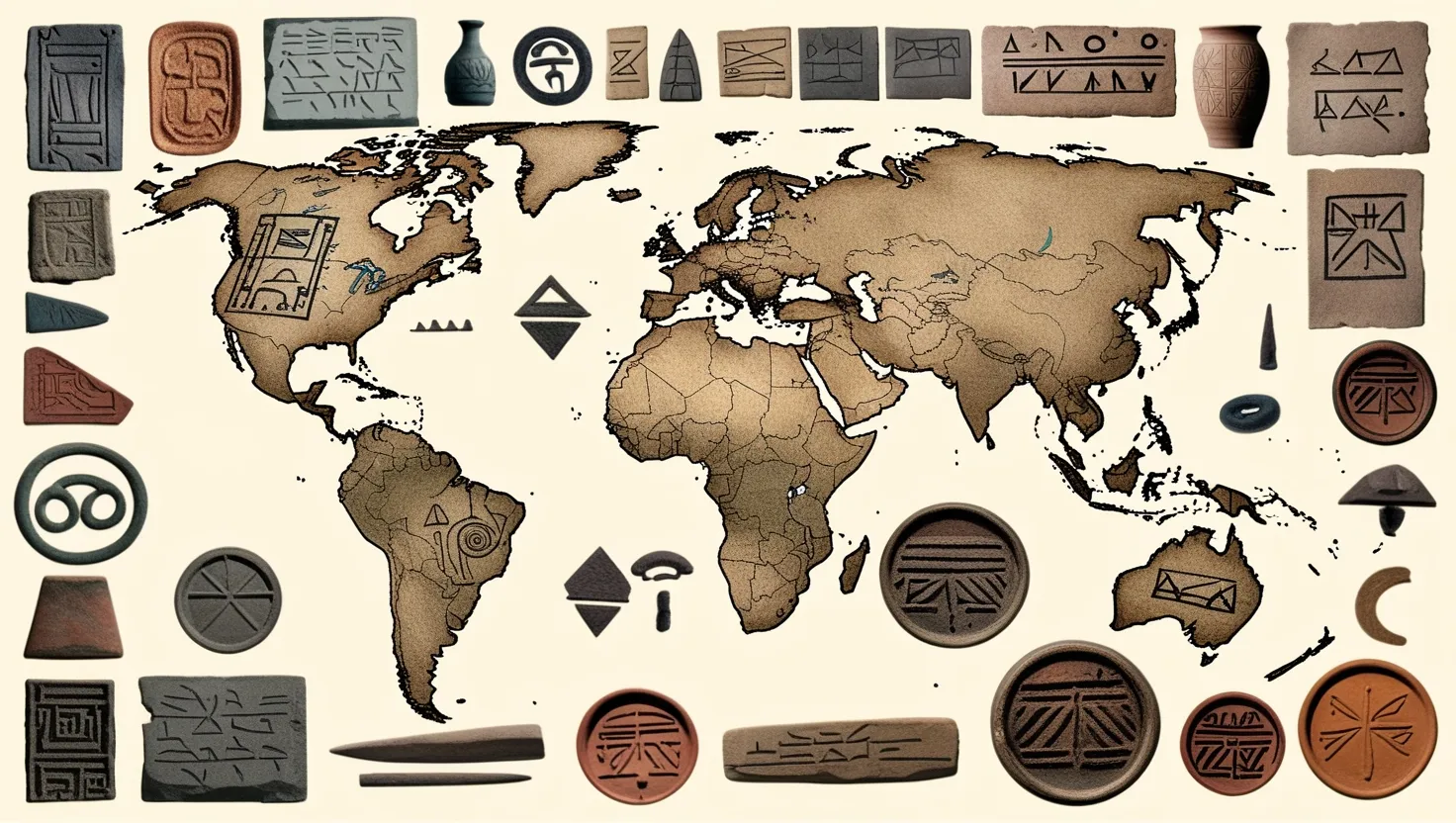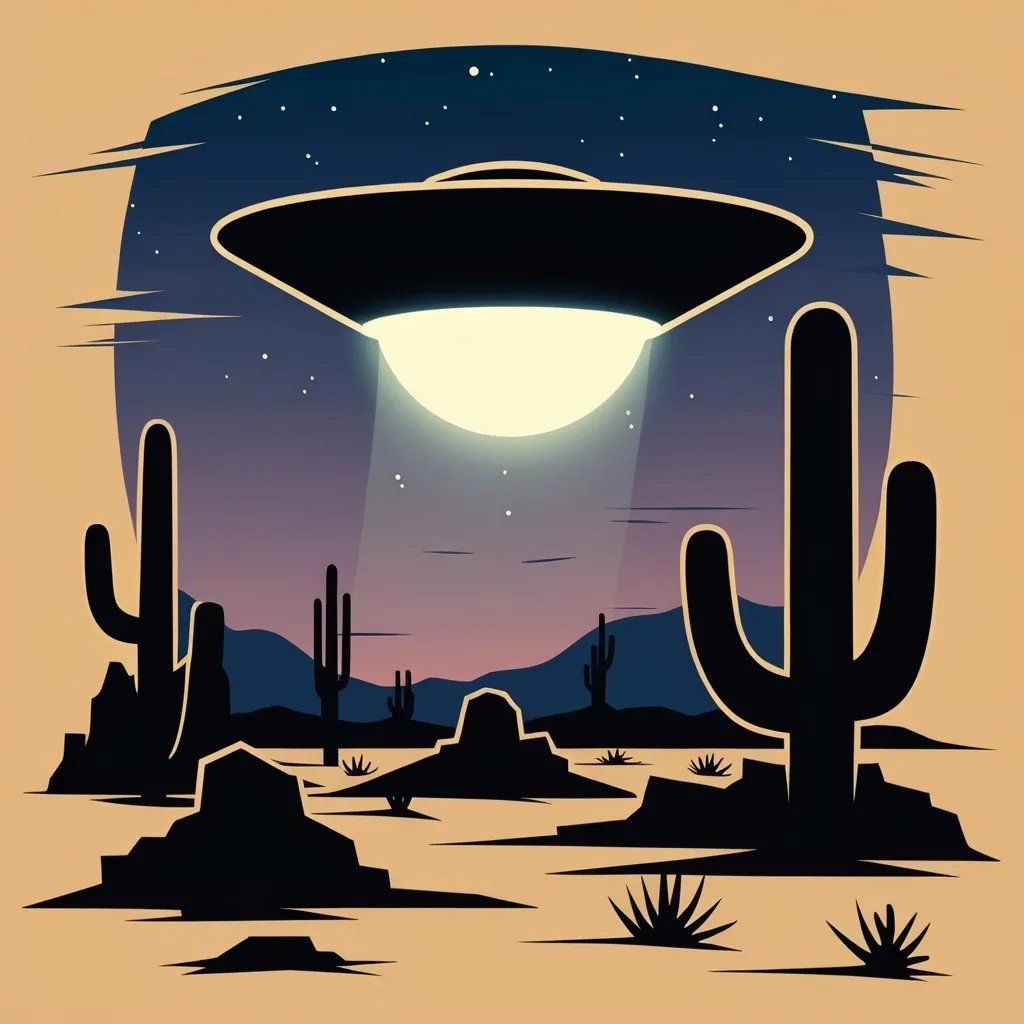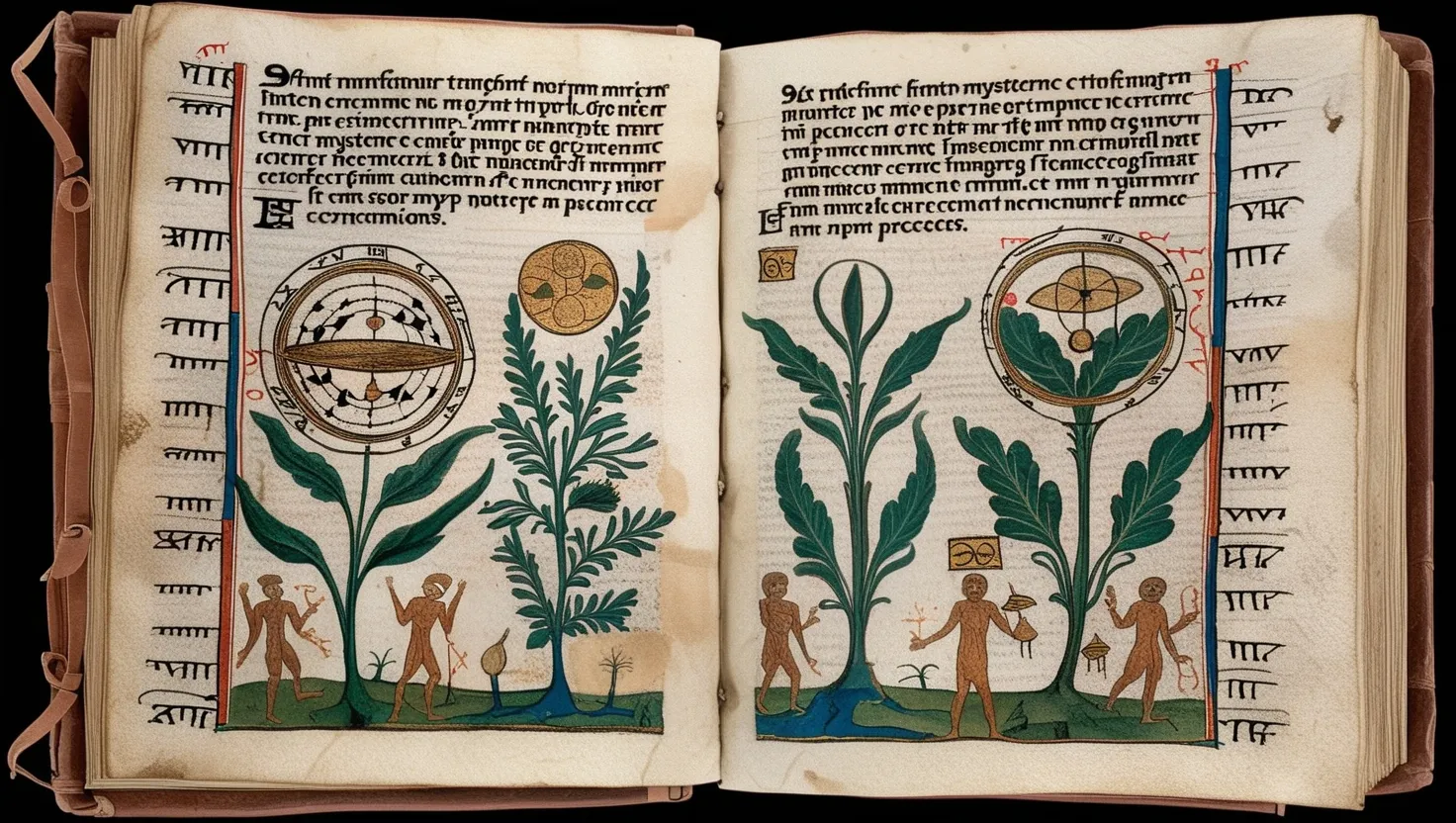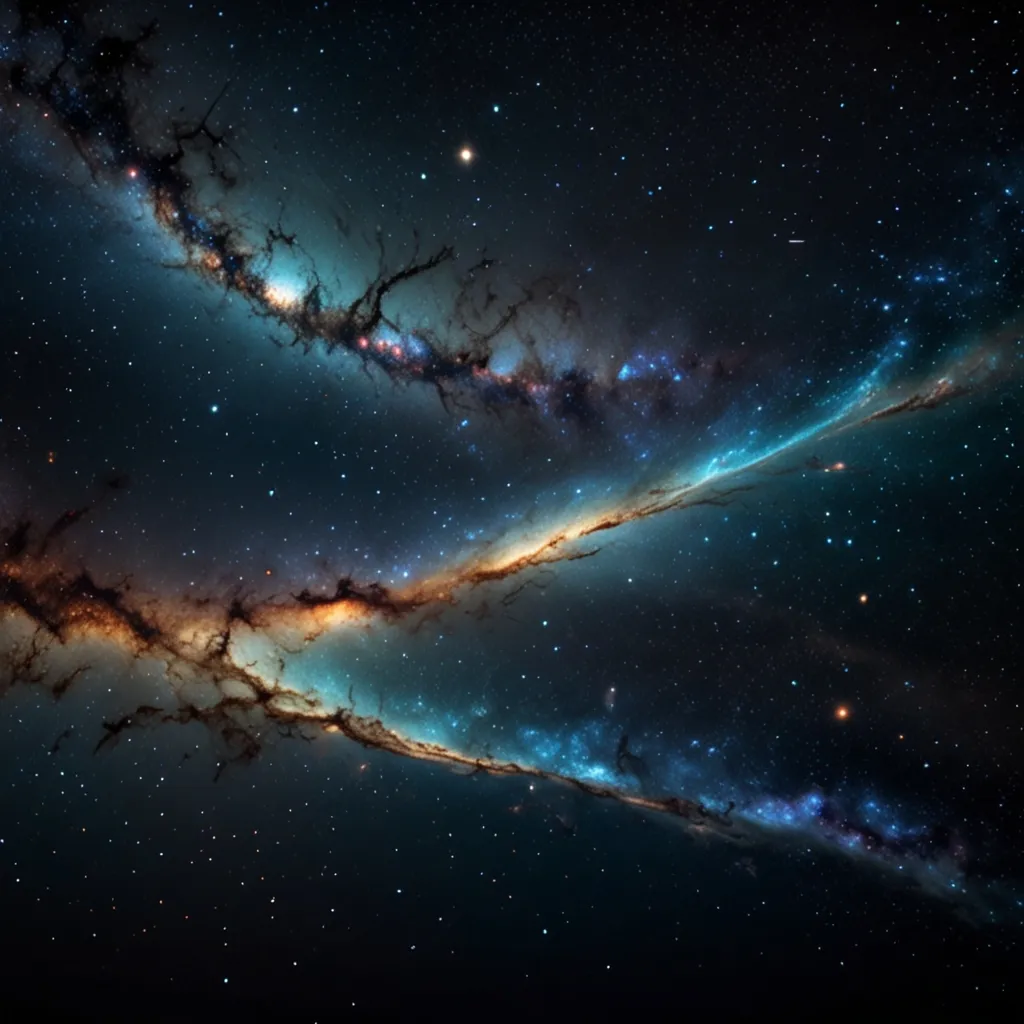As I delve into the enigmatic world of ancient writing systems, I find myself fascinated by the mysteries that still shroud some of the most intriguing symbols of our past. These cryptic scripts, scattered across various civilizations, continue to baffle linguists and archaeologists, each holding secrets that could unravel the fabric of forgotten cultures.
Let’s begin with the Linear A script, a writing system used by the Minoan civilization on the island of Crete during the Bronze Age, roughly from 1800 to 1450 BCE. These simple yet geometric shapes and linear lines were inscribed on clay tablets, often with a stylus, and were predominantly written from left to right. The Minoans, known for their advanced civilization, likely used Linear A for administrative, accounting, and religious purposes, though the exact nature of its use remains a mystery. This script is particularly interesting because it is believed to have evolved from earlier Cretan hieroglyphics, marking a significant step in the development of writing systems.
Moving eastward, we encounter the Indus Valley script, a symbol set that has resisted decipherment for centuries. Found in the ruins of the Indus Valley Civilization, which flourished around 4000 to 1900 BCE, these symbols were etched onto seals, tablets, and other artifacts. The script is unique in that it uses signs that could symbolically convey meanings across different dialects and languages, suggesting a sophisticated communication system. Despite over a hundred attempts by scholars from various fields, the meaning of these symbols remains elusive. Theories link the script to languages such as Sanskrit, Dravidian, or even Egyptian, but the lack of a bilingual text has hindered any definitive decipherment. Modern technology, however, offers a glimmer of hope; algorithms and computational methods are being developed to find patterns and potentially align these symbols with known languages.
On the distant shores of Easter Island, another enigmatic writing system awaits our attention – the Rongorongo glyphs. Carved into wooden tablets, these glyphs were used by the inhabitants of Rapa Nui for various purposes, including religious practices, genealogy, and possibly even as a form of currency. The intricate designs and patterns on these tablets are arranged in lines that read from left to right and top to bottom, but their meaning has yet to be fully understood. Theories abound, with some experts suggesting that the script may have been a mnemonic device to memorize oral traditions, while others propose it as a form of proto-writing or a failed attempt at creating a full writing system. Despite the mystery, the Rongorongo script remains a vital part of Easter Island’s cultural heritage.
In the ancient lands of modern-day Iran, the Proto-Elamite script presents another puzzle. Used by the Elamite civilization from around 3200 to 2700 BCE, this script is characterized by a syllabary system, where symbols represent sounds rather than objects. Unlike other ancient writing systems, Proto-Elamite lacks bilingual texts, making decipherment particularly challenging. The script’s complexity is further compounded by the absence of a scholarly tradition among Elamite scribes, leading to numerous mistakes and inconsistencies. Recent advancements in high-tech imaging techniques, such as Reflectance Transformation Imaging (RTI), have provided new hope for deciphering this ancient script. However, the journey is arduous, with even basic words like “cow” or “cattle” still unknown.
The Phaistos Disc, discovered in Crete and dating back to around 1500 BCE, is another enigmatic artifact that has captivated scholars. This clay disc features a spiral of stamped symbols, making it one of the earliest known examples of a disc-shaped writing medium. The unique aspect of the Phaistos Disc is its combination of pictorial and phonetic symbols, which has led to various theories about its purpose. Some believe it could be a form of storytelling or a ritual text, while others propose it as a form of early advertising or even a game board. Despite numerous attempts, the exact meaning of the symbols remains a mystery, leaving the Phaistos Disc as one of the most intriguing undeciphered artifacts in archaeology.
Lastly, we have the Vinča symbols, found in the Balkans and dating back to the Neolithic period, around 5500 to 4500 BCE. These symbols, etched onto pottery and other artifacts, are among the oldest known forms of writing in Europe. The Vinča symbols are remarkable for their complexity and the fact that they predate other known writing systems by several millennia. While some argue that these symbols represent a form of proto-writing or even a full-fledged writing system, others believe they may be purely decorative or symbolic. The debate continues, with no consensus on whether these symbols convey meaningful information or are simply artistic expressions.
As we explore these ancient writing systems, it becomes clear that each holds a unique window into the cultures and societies that created them. The Linear A script, for instance, offers insights into the administrative and religious practices of the Minoans, while the Indus Valley script hints at a sophisticated communication system that transcended linguistic barriers. The Rongorongo glyphs and the Phaistos Disc provide glimpses into the spiritual and possibly economic lives of their respective cultures, and the Proto-Elamite script underscores the challenges of maintaining a writing system without a robust scholarly tradition. The Vinča symbols, meanwhile, push the boundaries of our understanding of the origins of writing itself.
The quest to decipher these symbols is not just about cracking a code; it is about uncovering the stories, beliefs, and daily lives of people who lived thousands of years ago. Each symbol, each glyph, and each sign holds a piece of history that, once understood, could reshape our understanding of human civilization. As we continue to study these enigmatic scripts, we are reminded of the ingenuity and creativity of our ancestors and the enduring mystery that surrounds their written legacies.
In the end, the allure of these undeciphered symbols lies not just in their mystery but in the potential they hold to connect us with our past. They are more than just cryptic marks on ancient artifacts; they are gateways to forgotten knowledge, lost cultures, and the unwritten chapters of human history. As we delve deeper into these enigmas, we are not just solving puzzles; we are uncovering the very fabric of our collective heritage.






